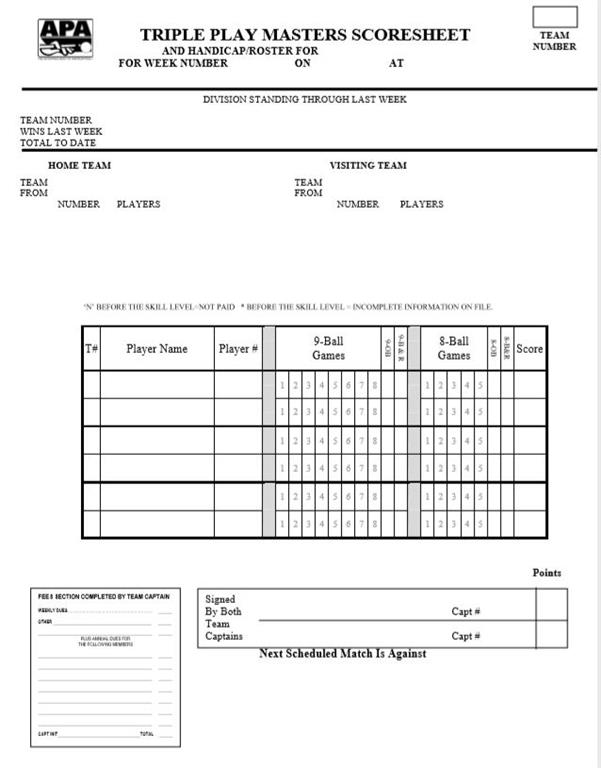
In the 15th century, billiards was a simple lawn game that was similar to croquet. Players would hit balls with a wooden stick called a "mace", turning it around to strike the ball. However, the head of the mace was inconvenient for use near the rails. To increase friction, players eventually turned to chalk.
Billiards became popular as a recreation activity following the Industrial Revolution. Billiards was very popular among both women and men. It was also popular among soldiers during both World Wars. It was also a popular entertainment for all classes, including royalty. In the early twentieth century, billiards became a sport, and tournaments were held regularly.
Michael Phelan emigrated to America from Ireland. He is often credited with being the father in American pool. He was instrumental in establishing rules and regulations. He also wrote the first American book about billiards. He also developed new cushion designs and tables. He eventually merged with J.M. Brunswick & Balke, and created the Brunswick-Balke-Collender company. For the next 20 years, the company was the dominant force in the billiards market. They controlled every aspect of the game.

The table's first version had vertical walls to support the rails. This shape was later changed to something more recognizable by the early 1900s. It had a central hole that could hold the cue balls. It was covered with velvet fabric. It was covered in a soft fabric that protected the table.
Billiards evolved from being a lawn game to an increasingly sophisticated table with six pockets. The main goal of the game wasn't to knock over "the king". You could also decide to either pot your opponents' balls or return them to their original positions.
In the past, the balls were made of ivory or wood. They can now be made from phenolic and polyester. The ball can also be scratch-proof. They are now also made from acrylic or plastic. Women were initially rejected in the poolroom in 1920.
In the early 1900s, billiards began to become more popular with the lower classes. But, the equipment and tables were too expensive. It was still played primarily by the European upper classes. According to statistics from the billiards industry in 2015, table sales were at their highest level ever.

Billiards is a game that requires varying skill levels. Billiards can take more time than other games. Some people argue that the game of billiards originated from croquet. This is not true. Billiards has developed into an exciting and popular game, and has served as the basis for many more.
The game was popular during the late 1800s and into the early 1900s, especially among soldiers. The equipment cost was lower after the Industrial Revolution and standardization of table sizes was achieved. Billiards became one of the first sports to hold a world championship. It continued to be popular with veterans during both World Wars.
Billiards fell out of favor in the 1950s. But in the early 2000s, billiards became popular once again.